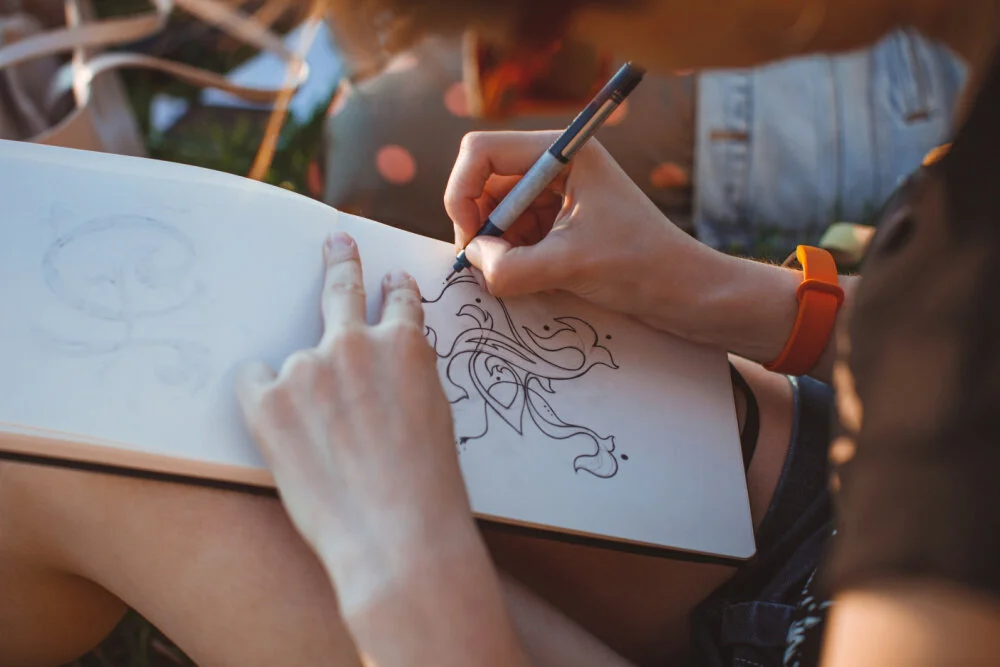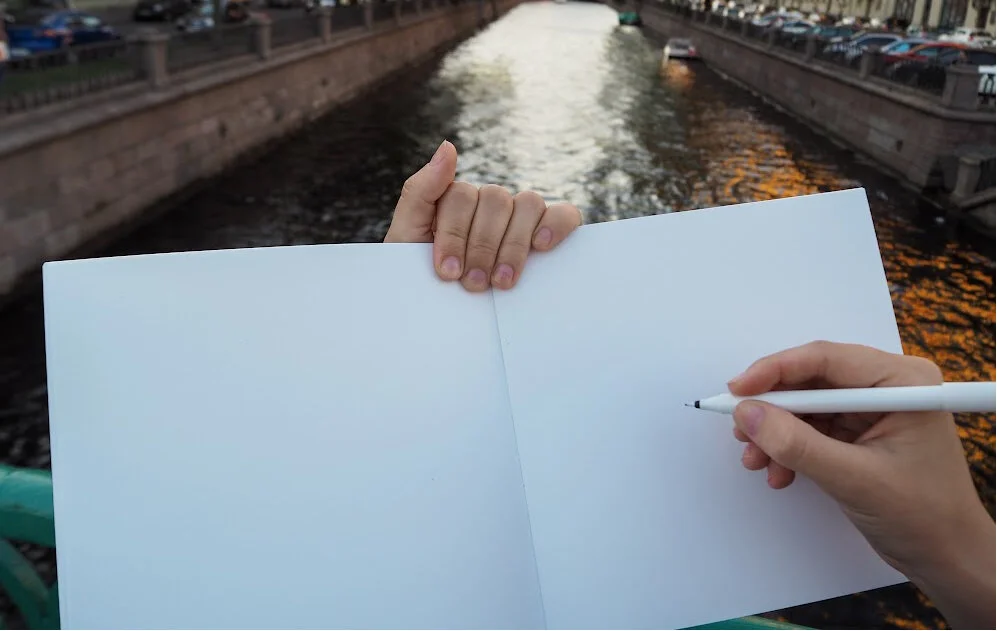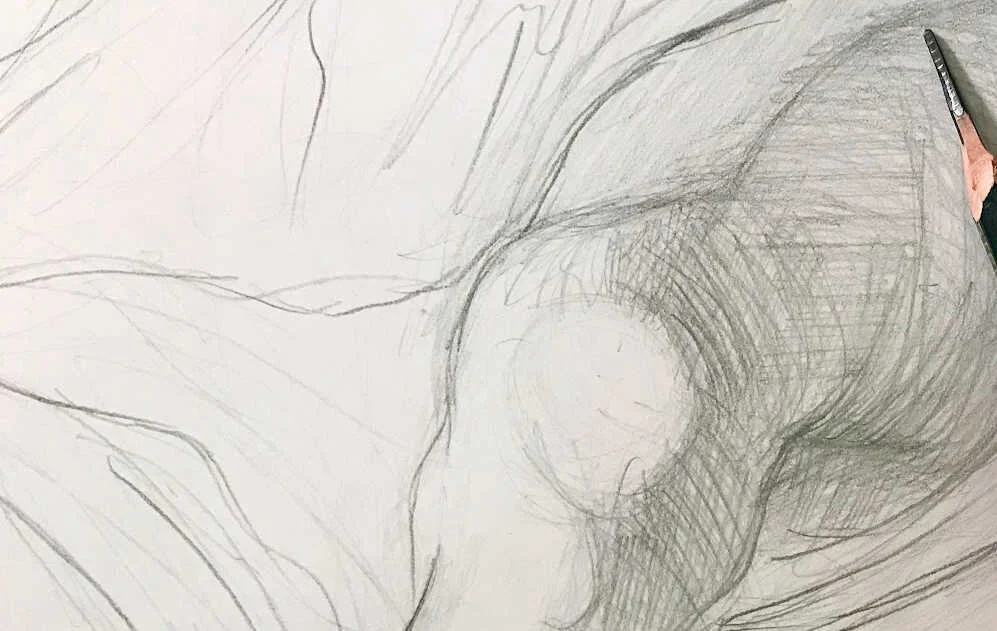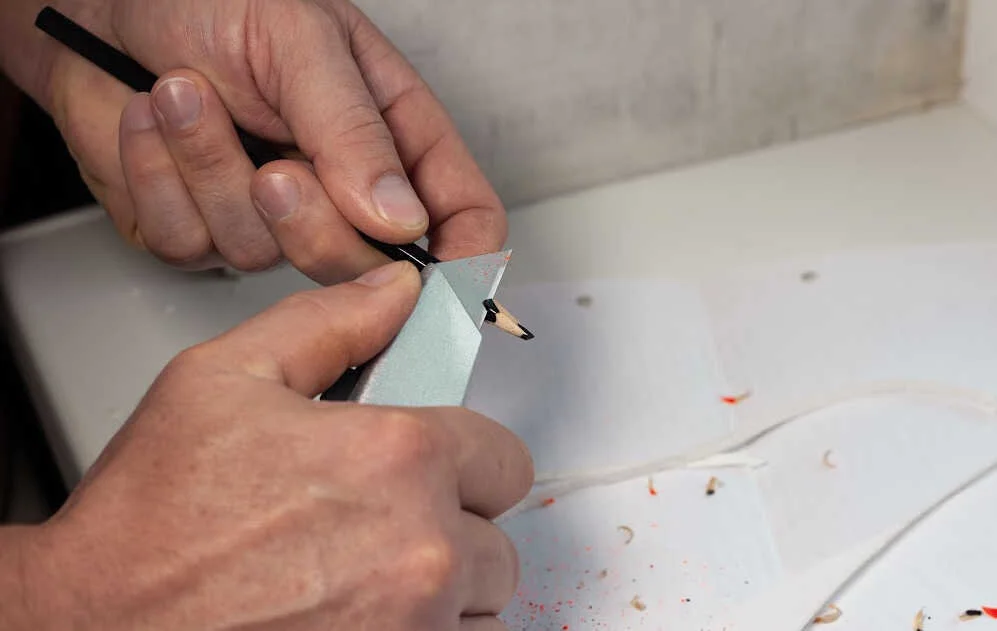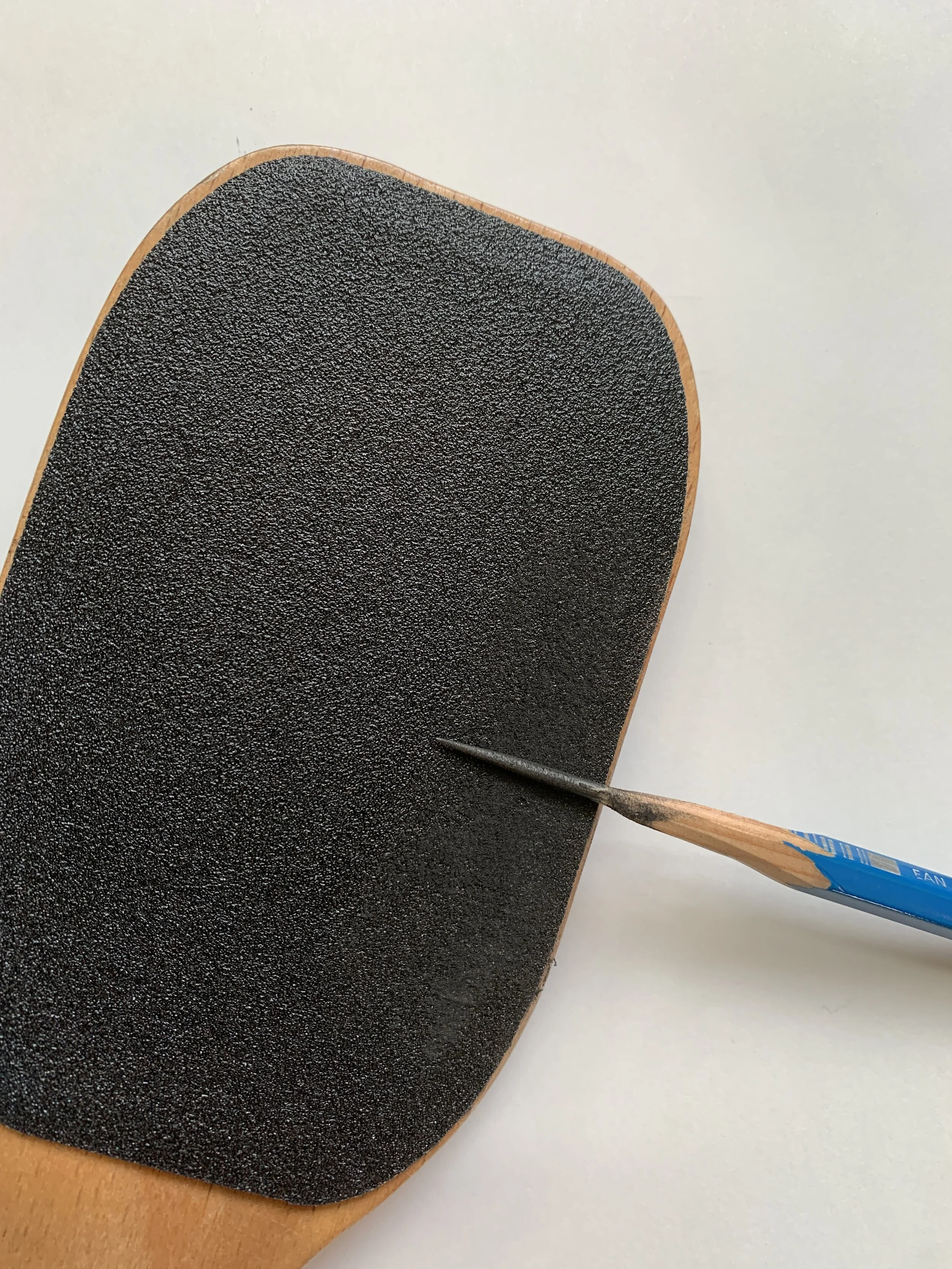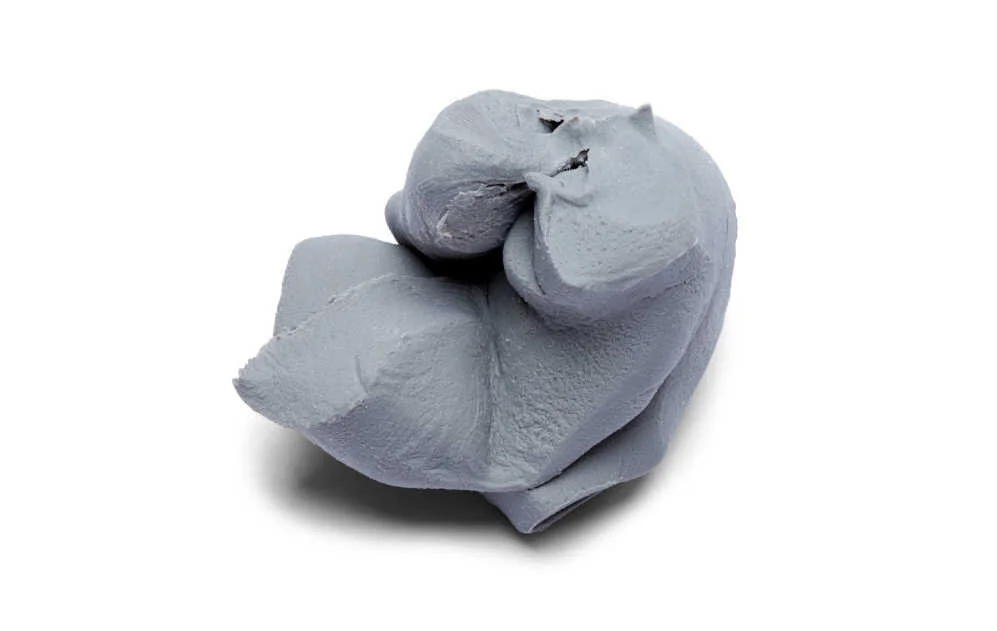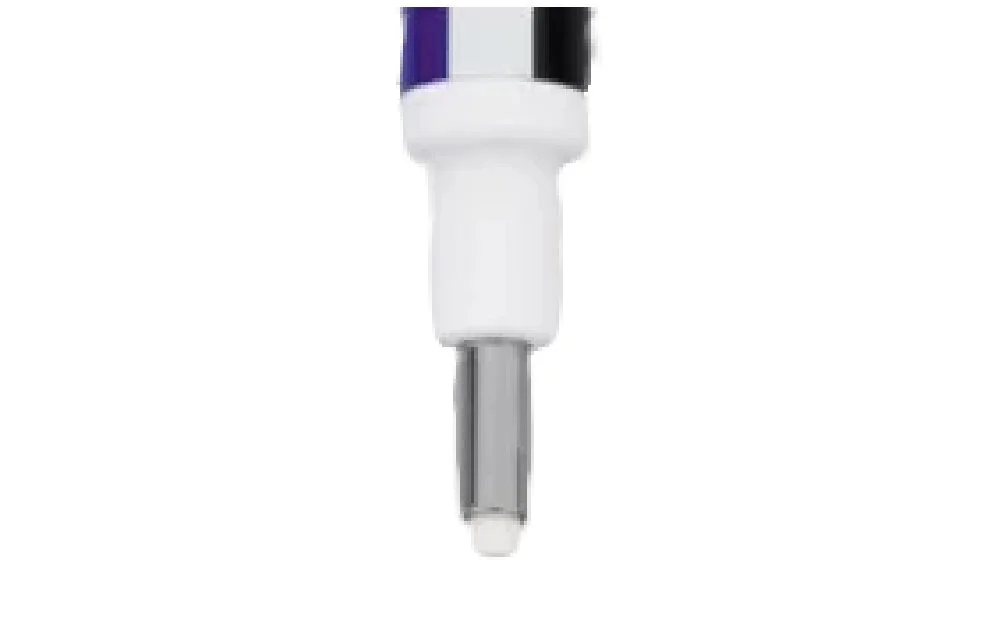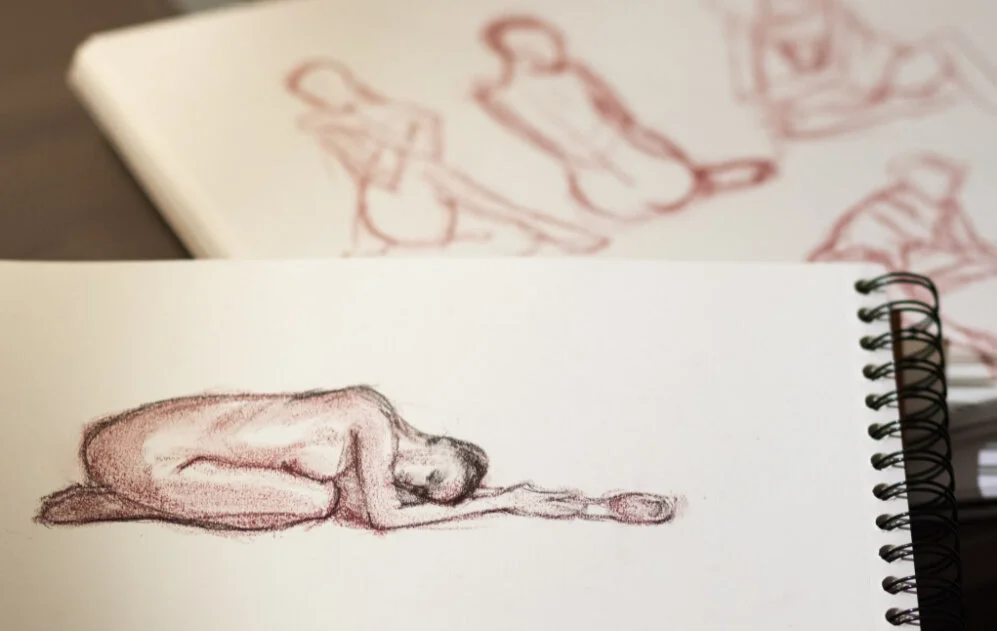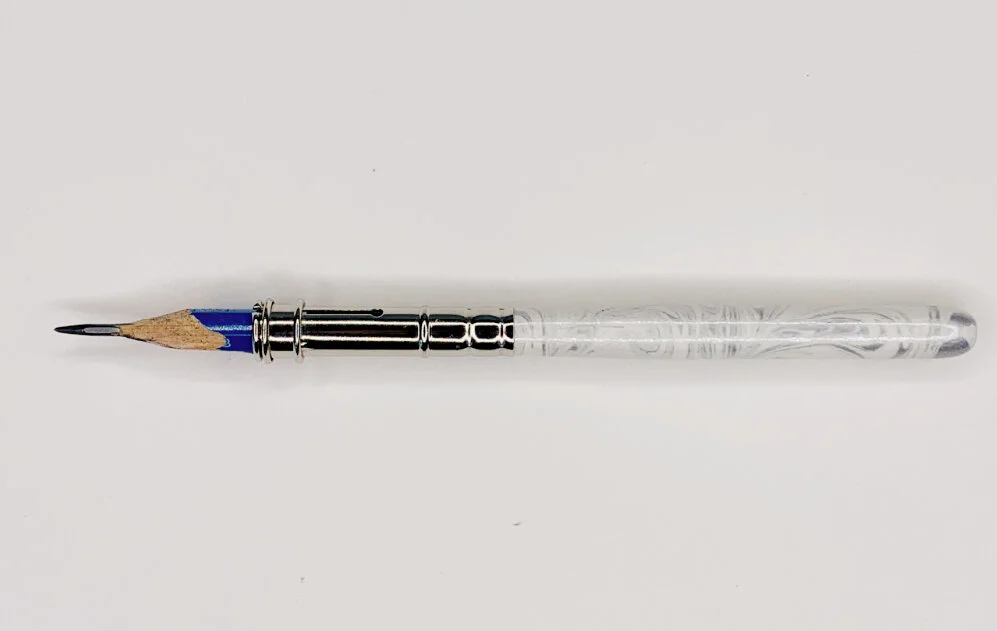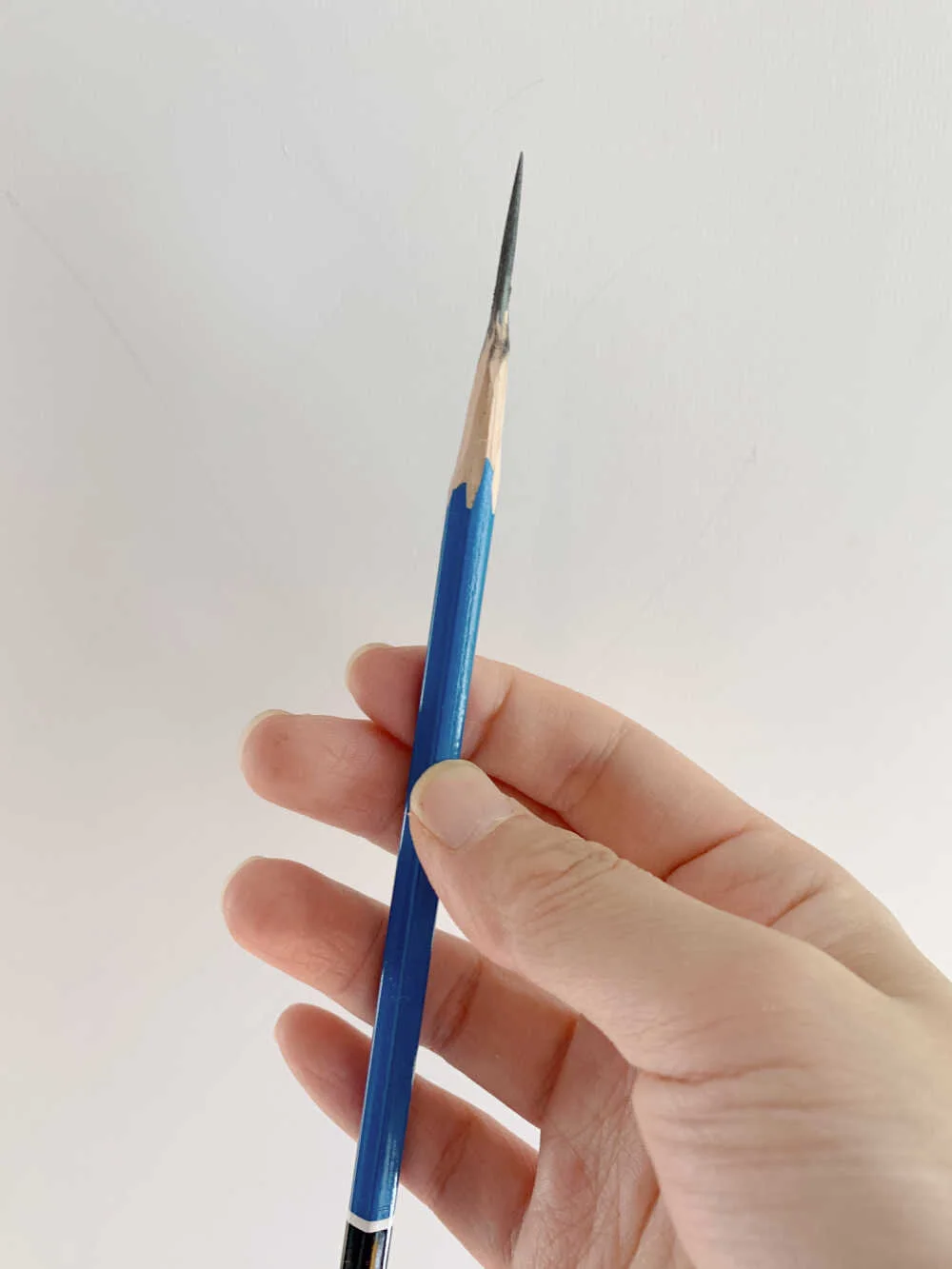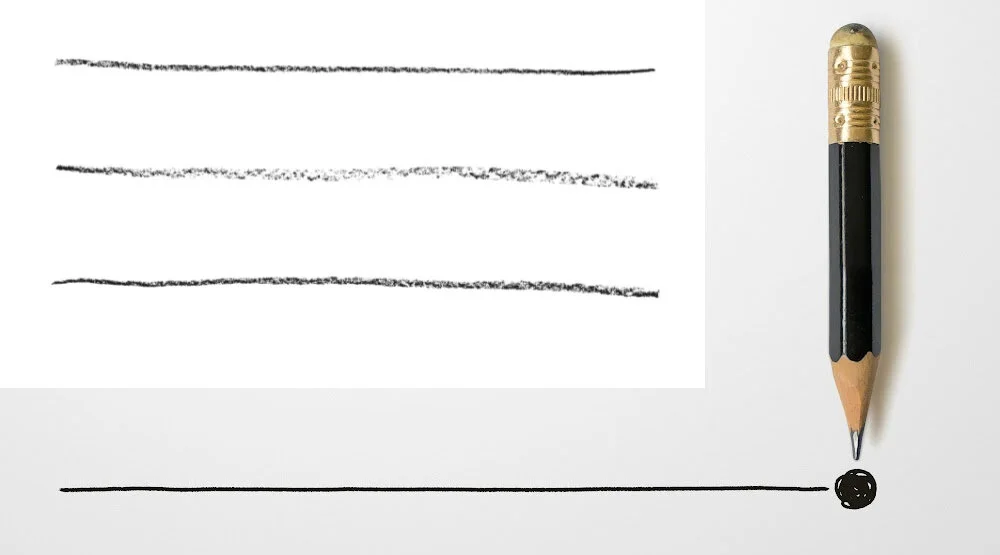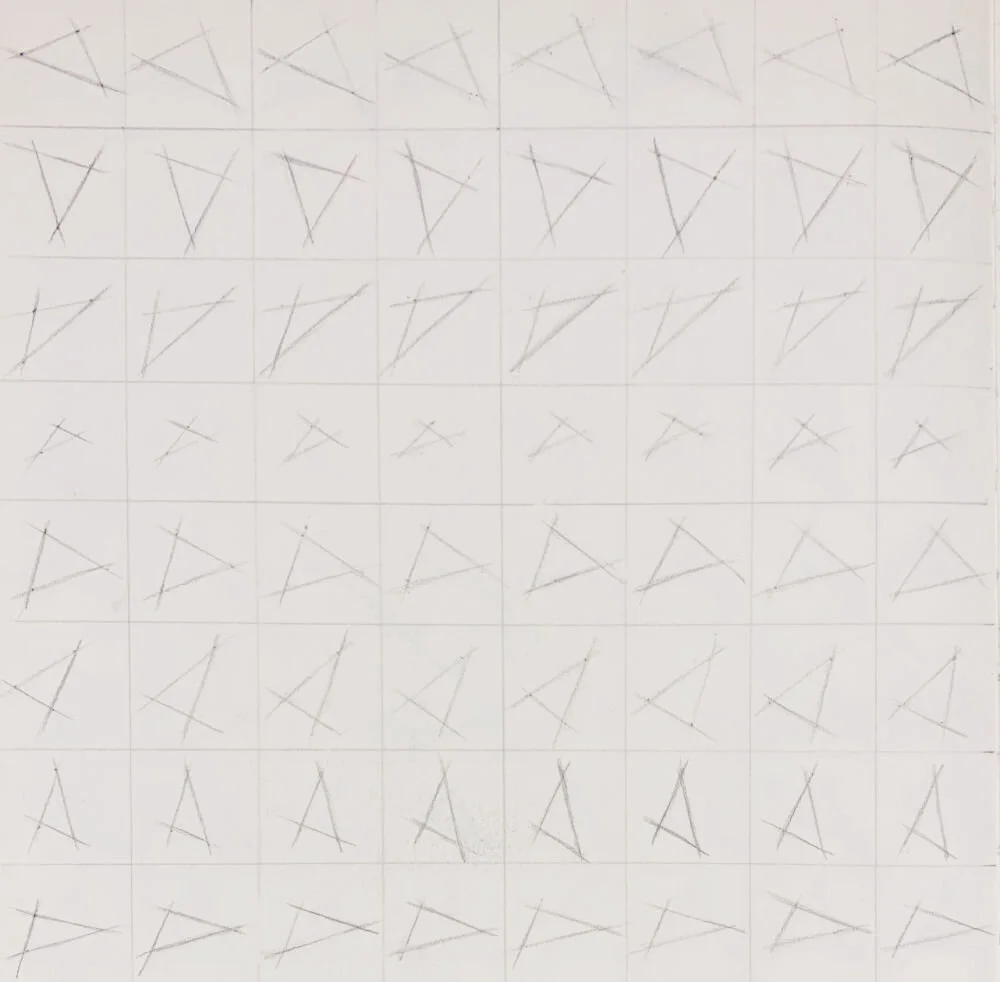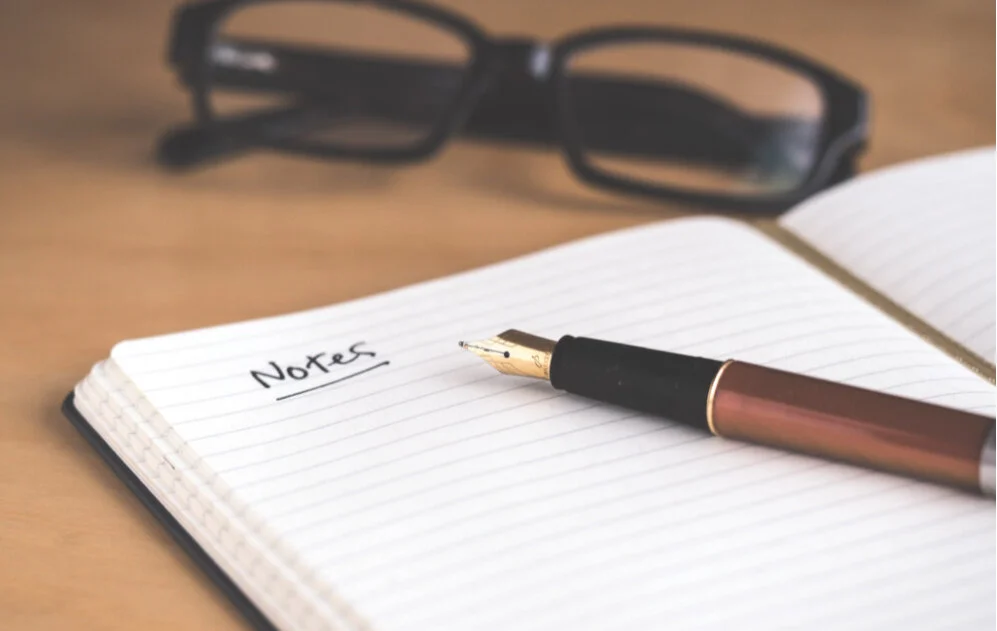Drawing: a classic approach that surprises beginners
Think you can't draw?
That’s just a belief.
As with mathematics and music, if you learn the language of drawing, anyone can draw!
The drawing method I share will be the framework for you to draw later.
So, you will be able to draw beautiful pictures with any paint (oil, watercolor, acrylic, etc.).
Let’s dive into the classical approach!
Drawing! Why?
Drawing is the fastest way to improve your painting.
Because you are practicing value (lightness and darkness), which is the key to pull a good drawing and a painting.
When it comes to painting, there is more to worry about other than value later on.
For example, color mixing, edge treatment, texture selection, etc.
When you think about piano practice, beginners usually practice one hand at a time.
Same with painting, it's easier to focus on one problem at a time.
Drawing Materials
The best way is to go to an art shop.
You can choose what you like by actually seeing and touching.
The brands of art supplies that I introduce are not essential as long as you use similar qualities.
Drawing Paper
I use Strathmore 400 series acid-free paper.
The surface is medium and weighs 36 kg (130 g / m2).
It’s easier to stock various sizes for different projects.
Drawing Pencil
There are many types of pencils, but fine particles of lead are suitable for drawing.
I've tried several types and now I use either Staedtler Mars or Faber-Castell.
Please don’t hesitate to try any materials that you are interested in.
Some of them may surprise you.
The Difference between H and B Pencils
H has a relatively harder lead and B has a relatively softer lead.
The Numbers represent "brightness" and "darkness".
The higher the number, the lighter the H becomes.
On the other hand, the higher the number, the darker the B becomes.
Cutter and Sandpaper
Why pencil sharpeners are not good?
When we draw, we want the lead of a pencil to fill in the surface of the paper as finely as possible.
With a pencil scraper, the tip cannot be sharpened as thin as a needle.
In order to make the tip as sharp as a needle, we need to use a cutter and sandpaper.
That’s why the pencil sharpeners are not suitable for classical drawing.
How to sharpen the pencils for classical drawing?
First, use a cutter to sharpen the tip of the pencil by about 1 inch to 1.5 inches to expose the lead.
Then use sandpaper to reach a needlepoint quality. I use 240 grits.
See the video below for how to sharpen the pencil.
You don’t need to measure, but try to expose the lead at least 1 inch.
I want the tip to always be needle-sharp for drawing efficiency.
If the tip is too short, the lead will be shortened quickly, so you’ll likely cut more times.
In addition, the needle-sharped pencil allows you to draw darker without damaging the paper.
Eraser Types
The kneaded erasers are better suited for drawing than plastic erasers.
First, the shape of the eraser can be changed. In addition, it lifts lead well from the drawing surface.
Besides, since the erasing power is weaker than that of plastic, your drawing won’t be erased too much.
The pen eraser is used when you want to pinpoint a small area.
Wood board or Easel
Please avoid laying a drawing paper or a sketchbook on your desk at drawing.
Because it causes distortion.
Therefore, it is easiest to draw an adjustable wood drawing board or an easel.
You can use the artist tape to keep your drawing paper on the panel.
If you're not sure whether to continue drawing or not, I recommend starting with a sketchbook.
Other Materials
Container
It is convenient to have a container such as a tray or a jar when sharpening a pencil.
After you've finished drawing, you can throw away all the unwanted lead scraps, or use a tissue to rub it into your sketchbook for a quick middle-value establishment.
In that case, you can use a kneaded eraser to draw a lighter tone.
Pencil Holder
Attaching a holder to a pencil will extend the life of the shortened pencil.
Fixative
Use fixative when you want to protect your artwork. Spray fixative to fix the pencil drawing on the drawing paper.
You probably don't need it for the first several drawing exercises, but you might need it later.
The Way to Hold a Pencil
Basically, I don't hold it like writing letters.
It's similar to holding an oil paintbrush.
Place the pencil on your four fingers with your palm facing up. Lightly press the pencil with your thumb.
The Basics
Practice line
You might think, “who can’t draw a line?”
Certainly, when you write, you put your arm and elbow on the desk, so it’s relatively easy.
When you use an easel to draw, you may not be able to draw a straight line at first because there is nowhere to support your arm and elbow.
By the way, rather than trying to draw a straight, draw several lines lightly, and then erase unnecessary ones.
It will be easier later if you practice lines at this stage.
Practice shape
Rather than drawing, let's find the shapes
Triangle
Rectangle
Pentagon etc.
Even if it’s a round-shaped object, try to draw straight lines around it.
The human eye is not good at judging curves.
Drawing in a straight line is much more accurate.
Try to put the object you see as if you want to put it in an envelope.
Drawing Homework
Freely draw 30 straight lines and curves every day
Randomly put three dots on your sketchbook and connect those three points with a line. Copy the triangle you just created.
Print your favorite image and draw an envelope around the object you want to draw.
Classical Drawing Keypoints
Don’t draw on the desk (because it causes distortion)
Always sharpen the tip of the pencil
Holding a pencil as if you were holding an oil paintbrush

